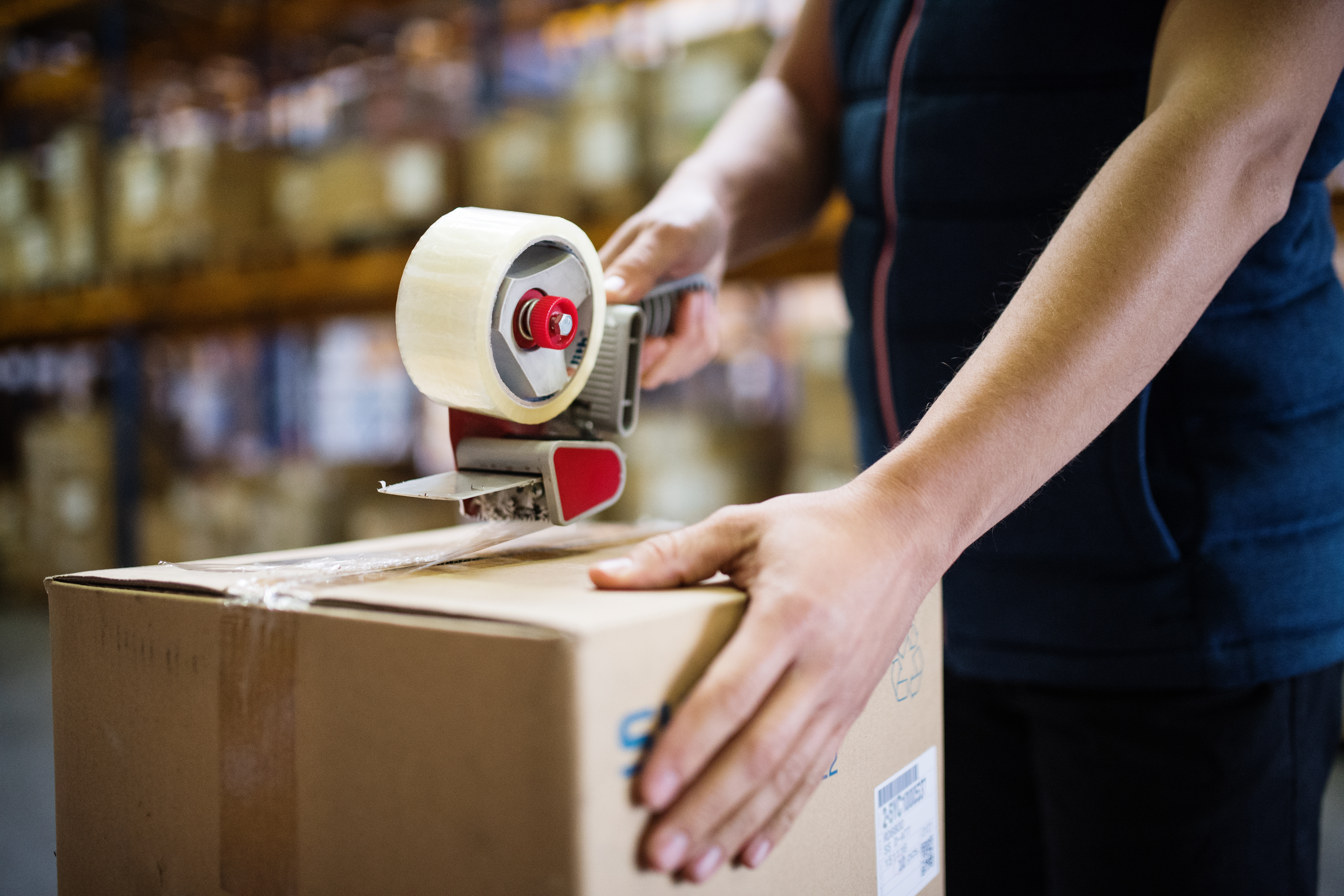How best to protect your goods during transport
9 September 2020
When goods are transported, they are rarely taken directly from the consignor to the consignee. Mostly, the goods undergo a lengthy transport which usually includes five different pick-ups. Moreover, significant movement may occur in the bed of the goods lorry when it moves around in traffic with both braking, acceleration and turns.
Although drivers and terminal staff follow the guidelines for handling goods in the safest possible manner, accidents still happen and goods are damaged. For this reason, preparing and protecting the goods as well as possible during transport is important. Below, you can read about what you can do yourself to avoid damage to your shipment.
1. Clearly mark any high centre of gravity
If your goods have a high centre of gravity, drawing attention to this by marking all sides of your goods is paramount. The higher the centre of gravity, the greater the risk that the goods may tip over. Marking a high centre of gravity allows the driver or the terminal staff to take extra measures when loading the lorry or moving the goods around during transport.
2. Make room for the forklift or pallet truck
If you have goods which require the use of a forklift or a pallet truck, ensure a ground clearance of at least 10 cm to allow the forklift or pallet truck to get underneath your goods. Alternatively, you can place the goods on a EUR pallet if you want to make sure that there is enough space. If, however, you have placed your goods on battens, it is important to fasten them carefully to ensure that they follow the goods when moved.
3. Check the quality of pallets
It is important that the pallets on which goods are placed are undamaged. Otherwise, you risk the pallets, and thus the goods, being damaged during transport. For the same reason, consider investing in good-quality pallets to ensure that they will be able to carry the load and weight of the goods.
4. Pack the pallet securely
When packing the pallet, make sure that goods do not exceed the size of the pallet. Ideally, avoid packing the pallet all the way to the edge, thus ensuring that any shocks are absorbed by the pallet rather than the goods. By staying within the boundaries of the pallet, both the lorry and the terminal will have room for far more pallets, which has an economical aspect.
5. Avoid sharp edges on goods
Be sure to protect any sharp edges on your goods. Sharp edges can puncture the insides of cardboard boxes, thus reducing their strength. They can also puncture other goods if placed side by side at the terminal or in the lorry. By protecting the edges, the risk of personal injury to those transporting the goods is also minimised.
6. Choose the right size and quality of boxes
If packing goods in boxes, be aware that the quality of boxes affects the strength of the box. The better the quality, the more the box can withstand. Moreover, make sure to choose a box of the right size to avoid there being too much room in the box. By reducing excess room in the box, you increase the strength of the box during e.g. stacking. However, there should also be sufficient room for inner packaging/protection to absorb shocks and, thus, protect the contents. For the same reason, if a box contains more than one item, be sure to keep them separate to avoid them damaging each other.
Do you need transport?
Click here if you would like to learn more about our different transport solutions.










